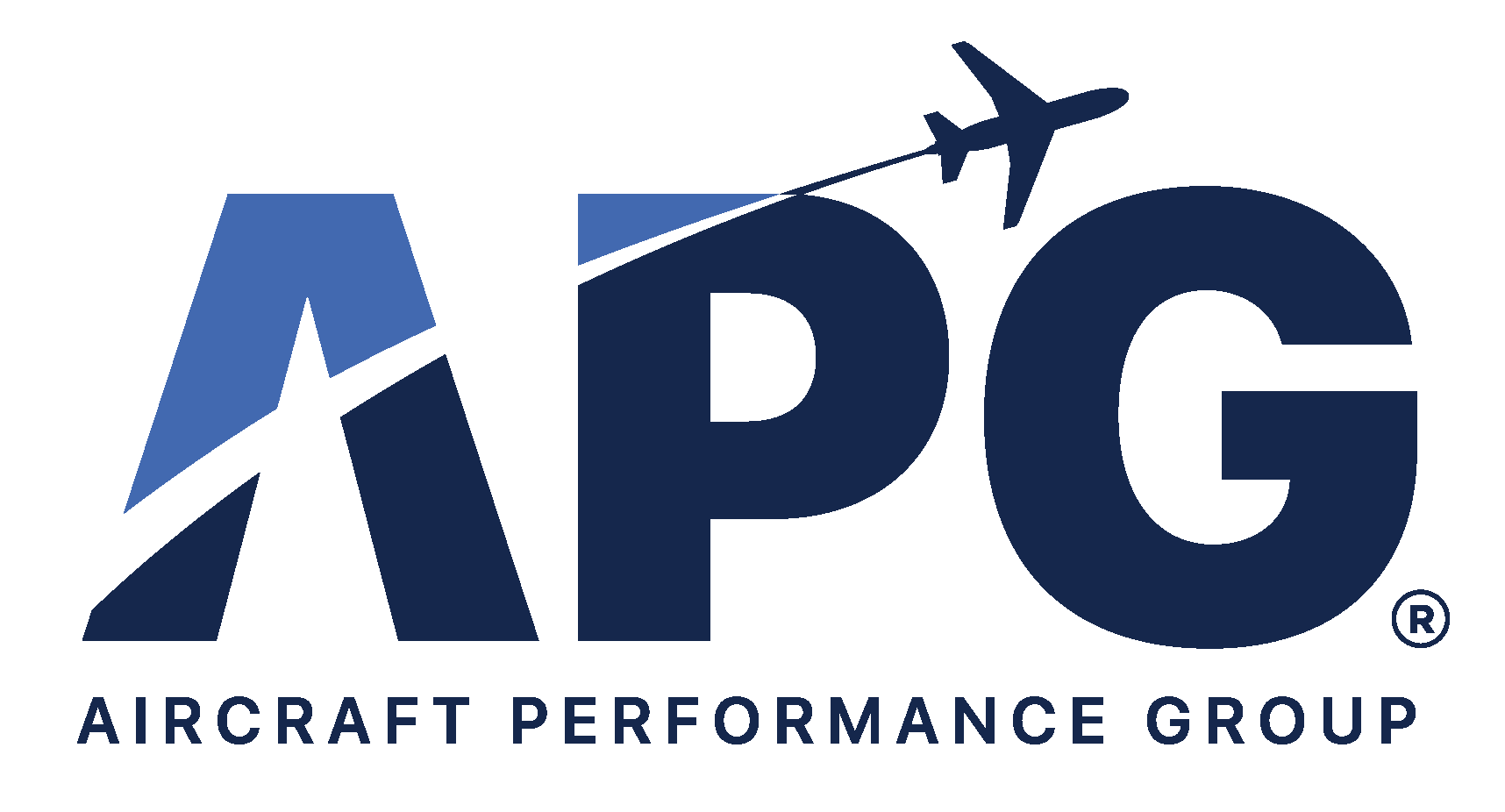Top 5 Challenging U.S. Airports & the Need for Precise Aircraft Performance Data

Key Takeaways:
- The top 5 most performance-limited airports in the U.S. are Aspen (KASE), Juneau (PAJN), Telluride (KTEX), Catalina (KAVX), and Eagle County (KEGE).
- Elevation, runway slope, contamination, wind, and density altitude critically impact aircraft performance at these locations.
- Operators face risks including inadequate climb gradient, insufficient stopping distance, and regulatory non-compliance if relying on generic or outdated data.
- Precise aircraft performance calculations are essential for safe, compliant, and efficient operations.
- Genesis PRO Performance equips operators with accurate, real-time aviation performance data for confident decision-making.
When it comes to business aviation, some airports test the limits of aircraft performance more than others. Whether due to elevation, short runways, complex terrain, or unpredictable weather, certain U.S. airports require operators to approach each takeoff and landing with heightened precision and preparation.
For pilots, dispatchers, and safety managers, navigating these performance-limited airports isn’t just about skill—it’s about data. Accurate aircraft performance calculations are essential to ensure compliance, safety, and operational confidence, especially when margins are razor-thin.
In this post, we examine the top five most challenging airports in the U.S. for business aviation and explain why precise aviation performance data is critical at each one.
Why Certain Airports Challenge Aircraft Performance
Not all airports are created equal. Some have short runways perched atop mesas. Others sit at high elevations, where density altitude robs engine performance. Certain runways slope uphill or downhill, affecting acceleration and braking. Many combine these factors with variable weather: rain, snow, gusty winds, or icy surfaces.
At these airports, generic or outdated performance charts simply can’t account for real-time conditions. Every variable—temperature, wind, slope, runway contamination, pressure altitude—can have a measurable impact on aircraft takeoff and landing distance. Failing to account for these specifics increases the risk of runway overruns, inadequate climb gradients, or regulatory non-compliance.
Let’s explore what makes these airports so challenging—and the performance constraints operators must manage.
Aspen/Pitkin County Airport (KASE)
At 7,820 feet elevation, Aspen/Pitkin County Airport (KASE) presents significant challenges as a high elevation airport surrounded by mountainous terrain. This terrain imposes restrictive departure and arrival procedures, limiting maneuverability and requiring steeper climb gradients. Compounding this is frequent high density altitude, which reduces engine thrust and lift while increasing required runway distances for both takeoff and landing.
The 8,006-foot runway slopes downhill toward Runway 15, adding complexity to accelerate-stop distance calculations. In winter, snow and ice contamination increase braking distance and reduce stopping capability. These combined factors tighten margins for climb gradient, accelerate-stop distance, and landing distance required, demanding precision for each operation.
Performance data for each aircraft can vary widely with changing conditions and requirements. See how Genesis PRO Performance can help you take the guess work out of your operational limits.
Juneau International Airport (PAJN)
Juneau International Airport (PAJN) is wedged between the ocean and steep terrain, with a single 8,457-foot runway bordered by water and mountains. Instrument approach paths navigate narrow corridors with limited maneuvering room. The area frequently experiences rain and fog, making wet or contaminated runways a common factor.
Departures must achieve specific climb gradients to avoid terrain and accelerate-stop distance becomes critical, especially in tailwind or wet runway conditions that extend stopping distances.
Telluride Regional Airport (KTEX)
At 9,078 feet elevation, Telluride Regional Airport (KTEX) is the highest commercial airport in North America. Its mesa-top runway measures 7,111 feet and slopes by 1.75%, contributing to a challenging approach and impacting both takeoff acceleration and landing rollout.
Frequent density altitude and turbulent mountain winds degrade climb performance and increase landing distances. Downdrafts on final approach are common. These conditions reduce climb gradients and lengthen aircraft takeoff and landing distance, leaving minimal margin for error. Operators must calculate performance precisely, factoring in current winds, temperature, slope, and altitude.
Catalina Airport (KAVX)
Nicknamed the “Airport in the Sky,” Catalina Airport (KAVX) sits at 1,602 feet elevation atop a narrow plateau with cliffs on all sides. Its 3,000-foot runway offers no overrun area, making short runway operations especially unforgiving.
Runway slope (+1.8%), possible tailwinds, warm temperatures, and density altitude all impact acceleration and braking. Any miscalculation in approach speed, stopping distance, or landing performance can result in an overrun. Operators must calculate landing distance required with exactness, considering slope, wind, braking action, and surface condition for every flight.
Eagle County Regional Airport (KEGE)
Eagle County Regional Airport (KEGE), serving Vail and Beaver Creek, sits at 6,547 feet elevation with a 9,000-foot runway sloping uphill toward Runway 25. In winter, snow, slush, and icy conditions degrade braking and acceleration, requiring accurate adjustments for contaminated runway performance.
In summer, high density altitude further reduces engine performance, lengthening required takeoff distance. With rising terrain beyond the departure end, operators must validate climb gradients to ensure obstacle clearance under real-time environmental conditions and operational weight.
Why Precise Aircraft Performance Data Is Essential
Operating into performance-limited airports isn’t simply a matter of conservative estimates. Without precise, aircraft-specific calculations accounting for every operational variable, operators risk exceeding performance limits—jeopardizing safety, violating regulatory rules, or imposing unnecessary payload restrictions.
Consider Aspen, where high density altitude lowers engine thrust while increasing runway requirements. At Catalina, the short runway atop a plateau demands exacting short runway operations planning, where any miscalculation risks an overrun.
At Telluride, elevation, runway slope, and mountain winds amplify performance challenges. Juneau’s wet runway and surrounding terrain require real-time accelerate-stop distance and climb gradient calculations reflecting actual weather and runway condition. Meanwhile, Eagle County combines winter contamination and summer density altitude, demanding continuous recalculation.
In each case, accurate aviation performance data empowers operators to balance safety, compliance, and efficiency by ensuring:
- Climb gradients clear surrounding terrain
- Accelerate-stop distances account for current runway condition
- Landing margins are preserved under wet, short, or contaminated conditions
- Regulatory compliance is maintained (e.g., FAR Part 135 performance rules)
- Go/no-go decisions are grounded in real-time operational capability
Without precise data, operators risk over-reliance on assumptions—an unacceptable gamble at these demanding airports.
Take the Guesswork Out of Performance-Limited Airports
Flying into the most challenging U.S. airports demands more than experience; it demands accurate, real-time aircraft performance calculations tailored to each operation. Genesis PRO Performance by Aircraft Performance Group delivers the aviation performance data you need—factoring in elevation, slope, contamination, wind, temperature, and regulatory requirements to provide reliable takeoff and landing data.
Learn how Genesis PRO Performance can enhance your operational confidence and safety.
Explore Genesis PRO Performance or schedule a demo today!


